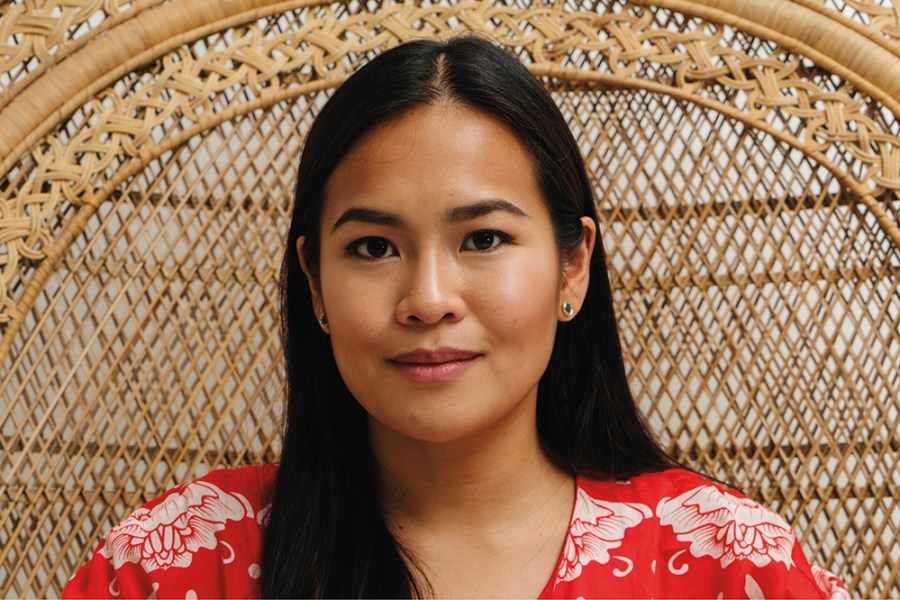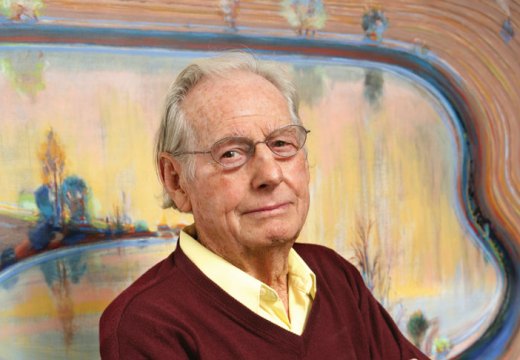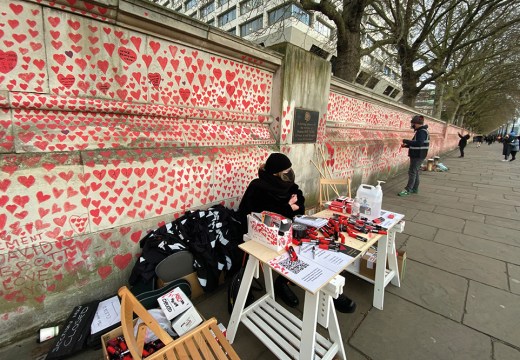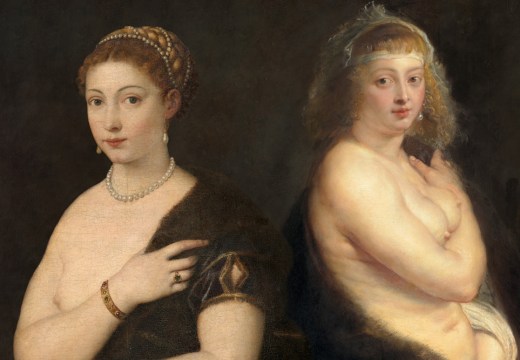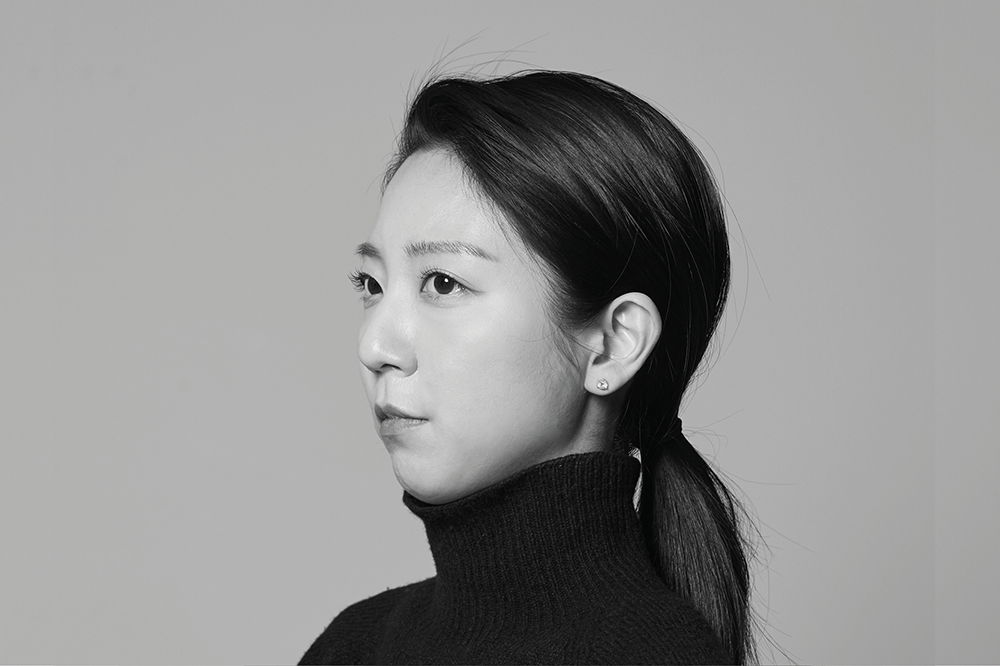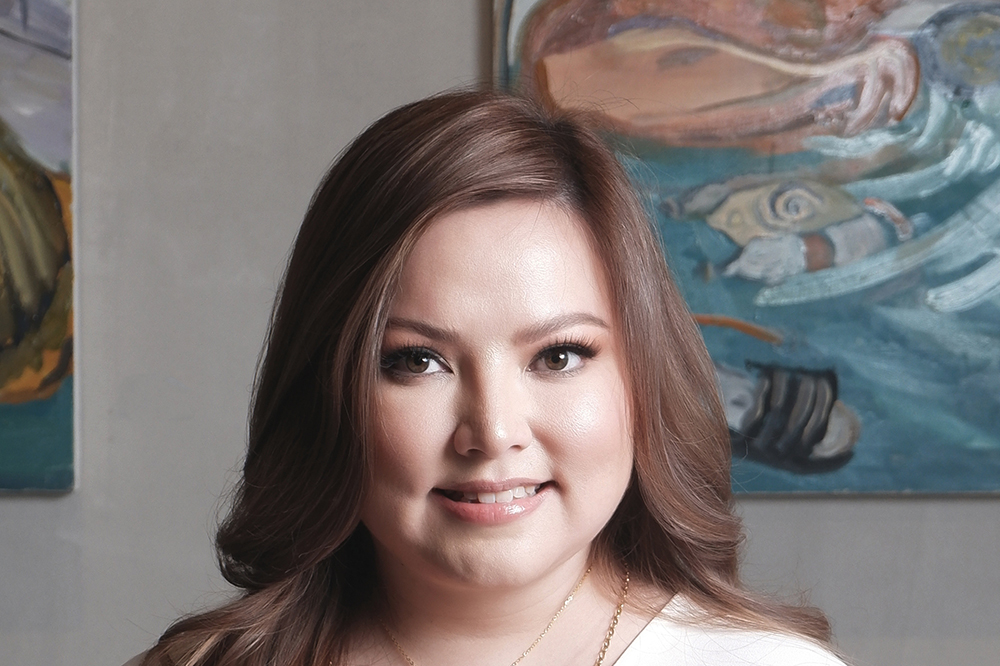Independent curator, Tokyo
Through your non-profit organisation Bellas Artes Projects you have played a major role in expanding the international reach of artists in the Philippines. What inspired your interest in the arts?
My mother is an interior designer, and my father is a businessman, property developer and antiques collector. We were always surrounded by creative people: I guess he was a patron, but he didn’t call himself that. It was very informal.
Growing up in the Philippines, there wasn’t a culture of going to museums or any real emphasis on art history. It wasn’t until I went to finish my studies in the UK that I discovered art history as a specialist subject and that’s what I went on to study at university. While I was studying, my father was getting into collecting old houses or rather parts of old houses which he kept in a warehouse. It was a very unusual project. At first, he thought that he could build pieces of furniture or a new house using these reclaimed materials but then he thought ‘Why not buy the whole house, move it and rebuild it?’ They were either abandoned or going to get torn down anyway. That was the beginning of Las Casas Filipinas de Acuzar, a resort in Bataan which became something like his collection of recontextualised, antique buildings. I was involved in the sense that I helped him with ideas of what to do with these spaces. He was a major influence on how I think about art; really, I saw him as an artist – what he was doing was not so different from land art or installation, and it made me interested in these complex processes of creation.
Bellas Artes Projects was headquartered in one of those historic buildings. How did it all start?
Casa Quiapo was the first historically important house that my father collected. Built in 1867, it became the first Fine Arts Academy in the Philippines, producing the country’s old masters as some of its alumni. Relocating it was incredibly complex. The house was previously inhabited by an entire community (300 people at some point) who had made their own modifications to the building over time, and while that was interesting in its use, it was also poorly maintained and created unsanitary living conditions. When the owner decided to sell it to our family, there was a lot to restore. It was such a beautiful space, with such incredible energy and so many layers of history, that we realised we could only really do it justice by dedicating it to art. At that time, I had just moved back to the Philippines from the UK and had started working in the family construction business. I struck a deal with my father that he would let me use the house for art projects on the weekends and it became our first site for workshops. I invited artists very informally, through people I knew. In the beginning, we mainly ran children’s workshops and then we started collecting art with the idea of housing the collection within the building.
At what point did it become a formal organisation?
My friend, the art advisor Alma Zevi, introduced me to the Swiss artist Not Vital, who at the time was part of Zevi’s curatorial team. He wanted to do a chapel project and was looking for someone he could build it with. What we needed to do was to provide the land, create the space and he would come to the Philippines to work on it. So, we started working on the project and it received a lot of attention from the international art world. This was also the beginning of the Asian art scene becoming more international. Whereas before it was dominated by auction houses and speculative players, the grassroots scene in the Philippines was now attracting curators from all over the world, curators who were looking for inspiration in the Global South. Discussions about building institutions or non-profits in the region started growing, and I somehow felt attracted to this model. I received a lot of advice from people about different ways we could support the arts and how to maximise the potential of what we were doing.
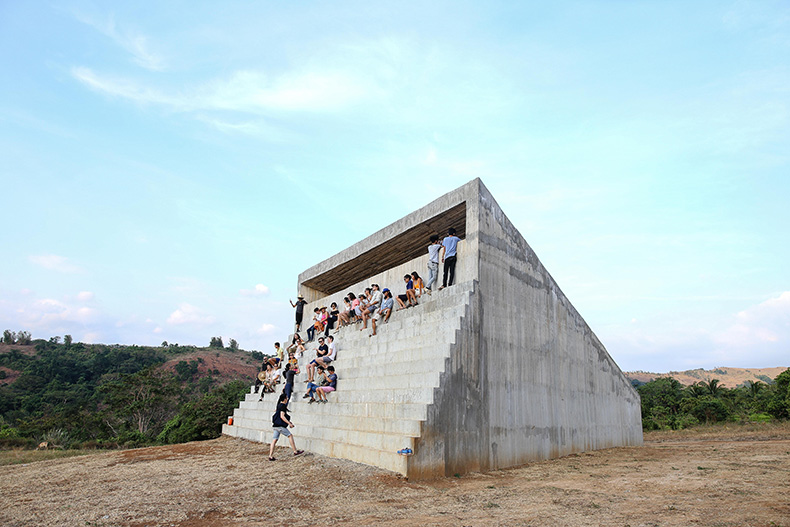
Not Vital’s art chapel in Bataan, 2017. Photo: Myra Ho
My father was already bringing in artisans from all over the Philippines to produce things and restore the houses in Las Casas Filipinas. There were more than 300 artisans working side by side. All we had to do was to bring in the artist, house them in the hotel and have them work with the artisans to create interesting things. This artist-artisan exchange became the core of our residencies and projects at BAP.
Another friend of mine introduced me to a wonderful curator called Diana Campbell Betancourt who was running the Samdani Art Foundation. She started to work with us, helped to develop the programme and to formalise it into an art foundation. That was a real turning point. Through her network we were able to connect so many artists and curators to the Philippines. We were also able to open a space in Manila called Bellas Artes Outpost, which was home to exhibitions, talks, performances, seminars and all sorts of gatherings for the local art scene. We acted as a kind of bridge between the international and local scenes through this space.
The foundation also ran an experimental art school called Eskwela. Why did that feel like an important component of your vision?
We had an overwhelming number of artists coming in and out, doing residencies and talks, and we were having these beautiful, intimate conversations while we were in Bataan together. Some of the most inspiring discussions were over a meal or some drinks, but they were just between the artists and the people involved in the foundation. We thought why not share these conversations with the wider art public and open them up not just to students, but to anyone who wants to learn. We launched Eskwela in 2016 with the fantastic Colombian curator Inti Guerrero, who was Artistic Director from 2016–21 – it became a space where people could ask questions and we could immerse together with our participants into critical discourse. Inti’s approach was to focus on local art histories and local art topics that resonated globally and connected us to art histories and art theory from different countries, then invite not just artists and curators but theorists, activists, academics from all over the world. It was one of the most exciting times during BAP’s existence as we saw how these lectures and seminars were able to affect the local scene in such inspiring ways.
What made you decide to close the foundation and school earlier this year?
The pandemic and its aftermath really hit us hard. I moved to Tokyo in March 2020, at the start of the pandemic. At first, we tried to run online programs but eventually decided to take a break at the end of 2020 and reactivate the year after, but things still didn’t seem to be returning to normal. So much in the lives of everyone in the teams had changed. People had moved to different countries, and I was pregnant with my second child, so I decided I needed to focus on building my life and career in Japan. It was such a difficult decision, but it seemed to be the right one. My hope is to pick things up again with BAP once the timing is right. Right now, I have to be open to new opportunities and new beginnings. It’s exciting.
What’s next for you?
A new life in Japan. A growing family and a more demanding role as a mother. Somehow I need to learn how to balance this role and carve out my path in the arts. I have been fortunate enough to know a few people in the Tokyo art scene who have been extremely supportive and have provided such valuable mentorship. Recently, I was asked to be a guest curator for the public programme section of a new boutique art fair in Kyoto called Art Collaboration Kyoto. This is opening in November 2022 and it’s been such a great experience working with such a cool team.
As an immigrant here in Japan, I have found myself in a very difficult but interesting situation of not ‘belonging’ but at the same time providing a different perspective. I have so much to learn about the local art scene, but at the same time I feel there is a lot of room for new projects, new ideas and ‘outsider’ perspectives. I am interested in my experience of displacement and how this could create a new path towards my career in the Tokyo art scene. Currently, a curator friend and I have been organising study groups with other artists and curators who are interested in these themes of unbelonging. It’s still in its beginning stages but there is a great energy and kinship among us! These types of connections and exchanges are exactly the type of inspiration that drives me to do more projects and experiments.
Unlimited access from just $16 every 3 months
Subscribe to get unlimited and exclusive access to the top art stories, interviews and exhibition reviews.

